Richard Lester, David Watkin, Chi-Chi Nwanoku - Boccherini: Cello Sonatas (1995)
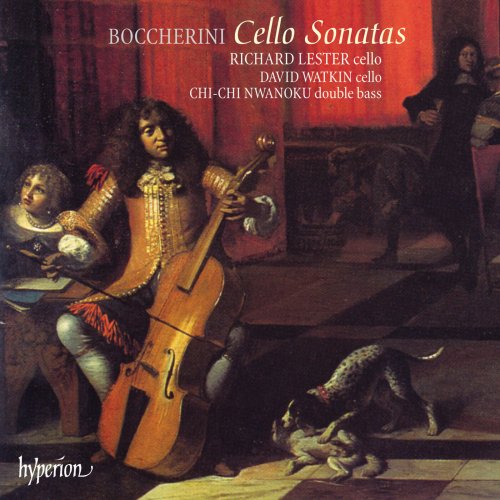
Artist: Richard Lester, David Watkin, Chi-Chi Nwanoku
Title: Boccherini: Cello Sonatas
Year Of Release: 1995
Label: Hyperion
Genre: Classical
Quality: flac lossless (tracks) +Booklet
Total Time: 01:07:27
Total Size: 277 mb
WebSite: Album Preview
TracklistTitle: Boccherini: Cello Sonatas
Year Of Release: 1995
Label: Hyperion
Genre: Classical
Quality: flac lossless (tracks) +Booklet
Total Time: 01:07:27
Total Size: 277 mb
WebSite: Album Preview
01. Cello Sonata in C Major, G. 17: I. Allegro
02. Cello Sonata in C Major, G. 17: II. Largo assai
03. Cello Sonata in C Major, G. 17: III. Rondo allegro
04. Cello Sonata in E-Flat Major, G. 10: I. Allegro
05. Cello Sonata in E-Flat Major, G. 10: II. Adagio
06. Cello Sonata in E-Flat Major, G. 10: III. Affettuoso
07. Cello Sonata in C Minor, G. 2: I. Allegro
08. Cello Sonata in C Minor, G. 2: II. Largo
09. Cello Sonata in C Minor, G. 2: III. Allegretto
10. Cello Sonata in A Major, G. 4: I. Allegro moderato
11. Cello Sonata in A Major, G. 4: II. Adagio
12. Cello Sonata in A Major, G. 4: III. Affettuoso
13. Cello Sonata in B-Flat Major, G. 565: I. Allegro moderato
14. Cello Sonata in B-Flat Major, G. 565: II. Largo
15. Cello Sonata in B-Flat Major, G. 565: III. Allegro
16. Cello Sonata in B-Flat Major, G. 565: IV. Adagio
17. Cello Sonata in B-Flat Major, G. 565: V. Allegro
Luigi Boccherini was born in Lucca on 19 February 1743, the son of a cellist and double bass player. He soon became something of a child prodigy as a cellist himself: he made his debut at the age of thirteen, and in the next year he and his father travelled to Vienna to take up posts in the court theatre. He divided his time between Vienna and Lucca until 1766 when he set off on a concert tour with the violinist Filippo Manfredi. They spent more than a year in Paris before going on to Spain. Boccherini settled down there, joining the household of the Spanish Infante in 1770 as a composer and cellist and, in time, becoming a prominent figure of Madrid’s musical life. His patron died in 1785 but he continued to receive an income from the king and in later life worked for several leading members of Madrid society, including Lucien Bonaparte the French ambassador. He died in 1805.
Boccherini’s music has often been likened to that of Haydn, and its easy-going charm led the violinist Giuseppe Puppo to describe him as ‘Haydn’s wife’. In fact Haydn and Boccherini had rather different artistic aims and wrote in rather different styles, but their situations were similar in that they spent most of their careers on the periphery of Europe and achieved fame and fortune through the publication of their works rather than through personal appearances in large musical centres. Boccherini published his first chamber music while he was in Paris, continued to deal with Parisian publishers throughout his career, and even dedicated a set of piano quintets ‘à la Nation Française’ in 1799, though his music was eagerly pirated in London, Amsterdam, Vienna and elsewhere. He was appointed composer of chamber music to Friedrich Wilhelm of Prussia in 1786 and it is often said that he spent some time in Germany, though it is more likely that this relationship, too, was conducted by post.
The bulk of Boccherini’s publications are of chamber music, in combinations ranging from violin duets and sonatas for keyboard and violin to sextets for flute or piano and strings. Many of these collections have prominent cello parts, and he published no fewer than ninety-three quintets for two violins, viola and two cellos—a scoring he seems to have invented. But his cello sonatas were either never published in his lifetime, or appeared only in unauthorized London editions and violin arrangements. They also do not appear in the thematic catalogue Boccherini kept of his own works from 1760 to the end of his life, though this is probably because he did not intend them for publication; for the same reason, it does not include his vocal music and some of his orchestral music. He may have thought his cello sonatas not worth publishing because they were early works, but it is not clear that this is true of all of them and it is more likely that he thought they were too hard for the amateurs who purchased his trios, quartets and quintets. Also, the scoring—a brilliant solo part accompanied by a simple, undemanding bass—was at odds with the increasingly democratic nature of the chamber music favoured by amateurs; the next generation—Beethoven and his contemporaries—were to write sonatas for the cello and piano as equal partners.
Boccherini’s cello sonatas appear in contemporary manuscripts in just two parts, usually labelled ‘violoncello solo’ and ‘basso’. As Richard Lester points out below, the word ‘basso’ in this context seems to mean a second cello or a double bass rather than a continuo instrument. It was certainly common at the time for cellists to tour with violinists—as Boccherini did—and cellists sometimes teamed up with double bass players: obvious examples are Boccherini and his father, and the long partnership of Robert Lindley and Dragonetti in early nineteenth-century England. The solo sonata with continuo was one of the main vehicles used by professional string players for virtuosic displays during the Baroque period, and its successor, the string duet, had the same function in the Classical and early Romantic periods.
All but one of the sonatas on this recording come from a manuscript in the library of the Milan Conservatoire, long suspected to be a youthful autograph. They conform to the standard patterns of mid-eighteenth-century Italian sonatas: they are in three movements, with an expansive and taxing opening Allegro in binary form followed by a decorative slow movement, and then a lighter movement in the form of a rondo or a minuet. The last sonata, G565 in B flat, stands apart from the others in several respects. It is not in the Milan manuscript, has a central movement consisting of three sections in a slow–fast–slow sequence, and is rather more extended and developed than the others—which suggests a later date. Most interestingly, its outer movements are essentially the same as those in the so-called ‘original version’ of the B flat Cello Concerto made famous by Friedrich Grützmacher’s free arrangement published in 1895. It has recently been discovered that the manuscript of the ‘original version’ at Dresden is in Grützmacher’s hand but there seems little reason to doubt its authenticity or that of the related sonata. It was not uncommon at the time for sonatas to be turned into concertos by the simple insertion of orchestral passages. Handel converted a recorder sonata into an organ concerto in this way, the young Mozart made keyboard concertos out of sonatas by J C Bach and others, and there is a movement in another Boccherini cello concerto that also exists in a sonata for cello and bass.
Towards the end of his life Boccherini was mainly known for his quartets and quintets; his obituary in the Allgemeine Musikalische Zeitung ranked him as ‘truly one of the most distinguished instrumental composers of his country’, and went on state to that ‘Italy ranks him, for quartets and similar music, at least as high as Haydn’. It is an irony that his advanced later works soon fell out of favour (Spohr exclaimed after hearing one the quintets, ‘This does not deserve to be called music!’), while his early cello sonatas continued to be used as teaching and recital material. Some of them were reprinted in London in the early nineteenth century, and the first modern editions appeared in the 1860s, heavily edited with a thick piano part; they have never entirely dropped out of the repertory. It is not difficult to understand why, for they are elegant works, genial and brilliant by turns.
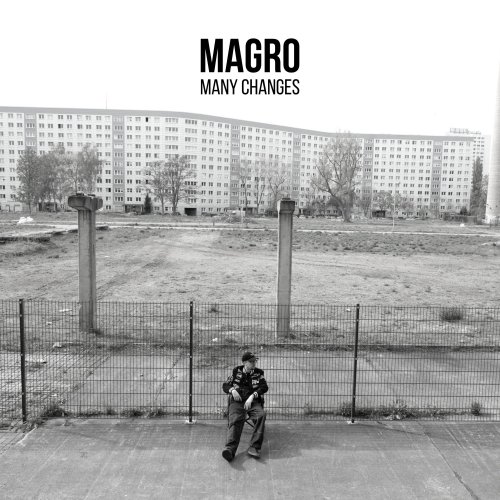
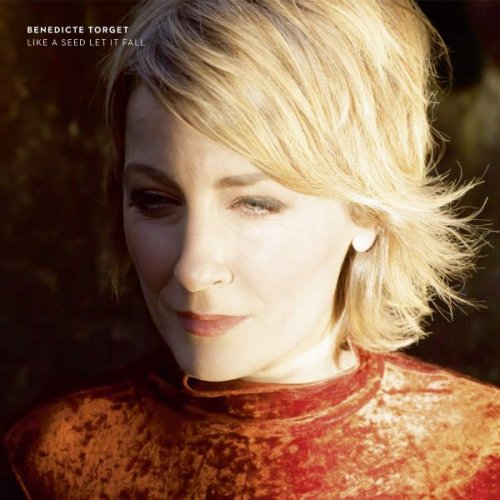
![Mario Bočić Quartet - Wheel Of Fortune (2025) [Hi-Res] Mario Bočić Quartet - Wheel Of Fortune (2025) [Hi-Res]](https://www.dibpic.com/uploads/posts/2025-11/1762579989_cover.jpg)
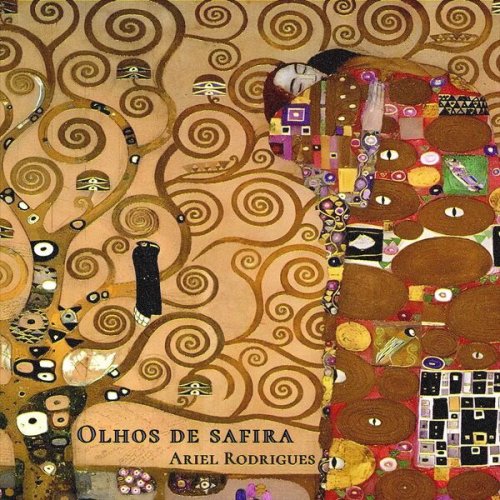
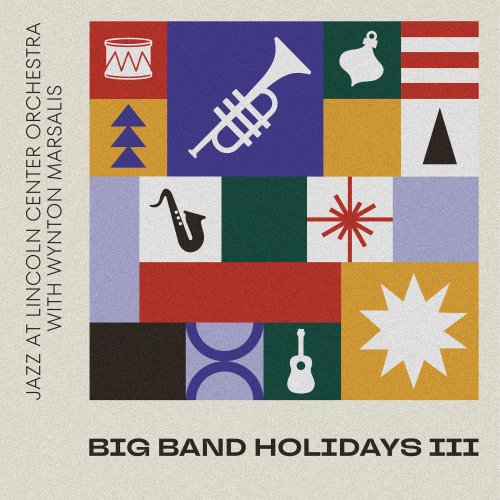
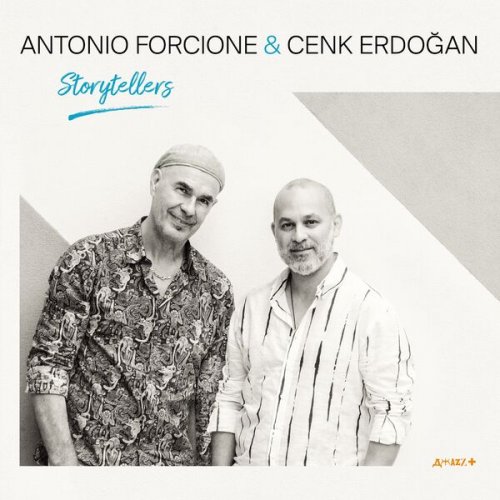
![Galina Juritz - One Weird Trick (2025) [Hi-Res] Galina Juritz - One Weird Trick (2025) [Hi-Res]](https://img.israbox.com/img/2025-11/07/so9eshl03pgdlaramv56litym.jpg)

![Dwiki Dharmawan - Anagnorisis (2025) [Hi-Res] Dwiki Dharmawan - Anagnorisis (2025) [Hi-Res]](https://img.israbox.com/img/2025-11/08/rp4xplovcgftcjtkbri4vo4cu.jpg)